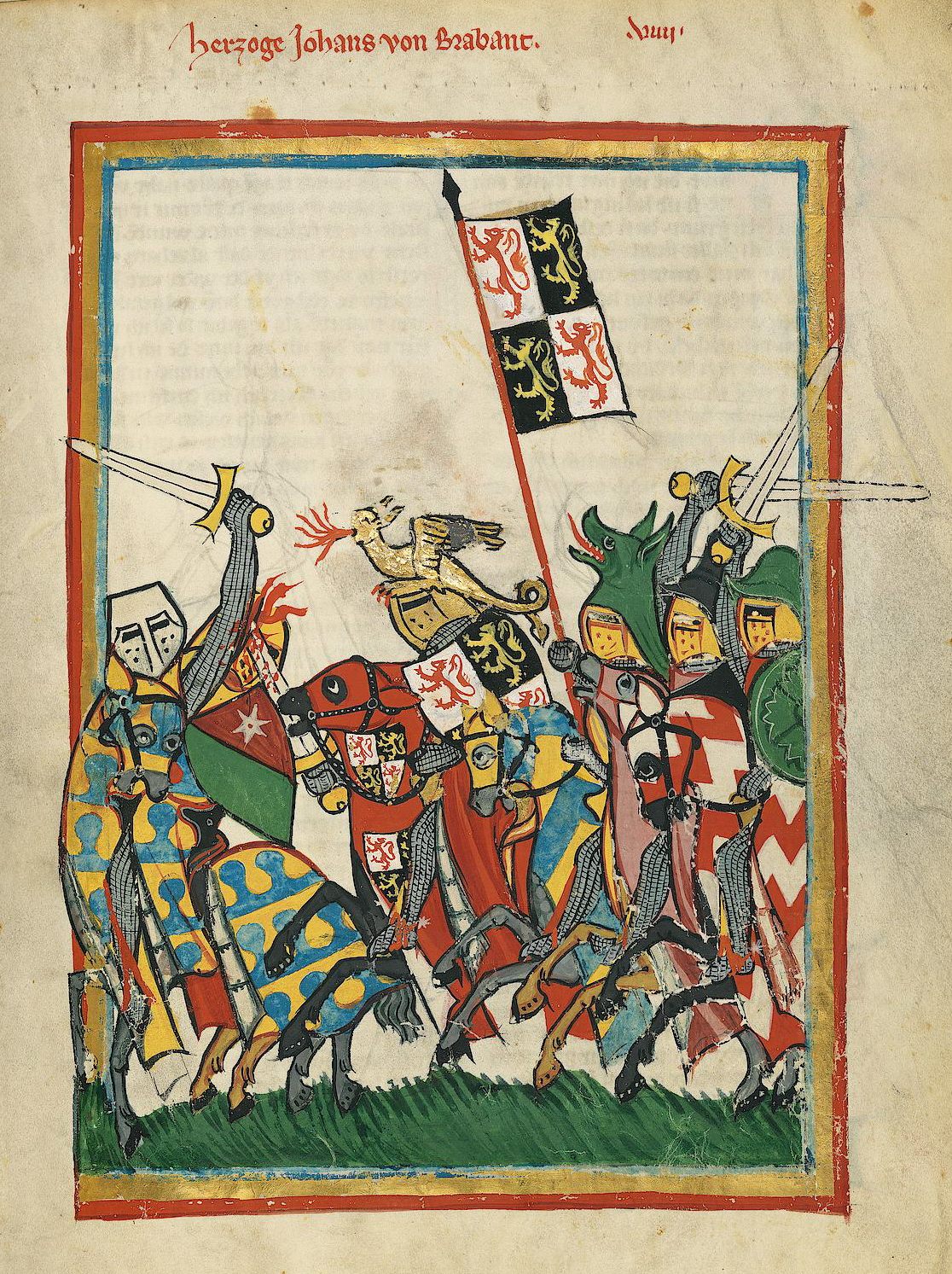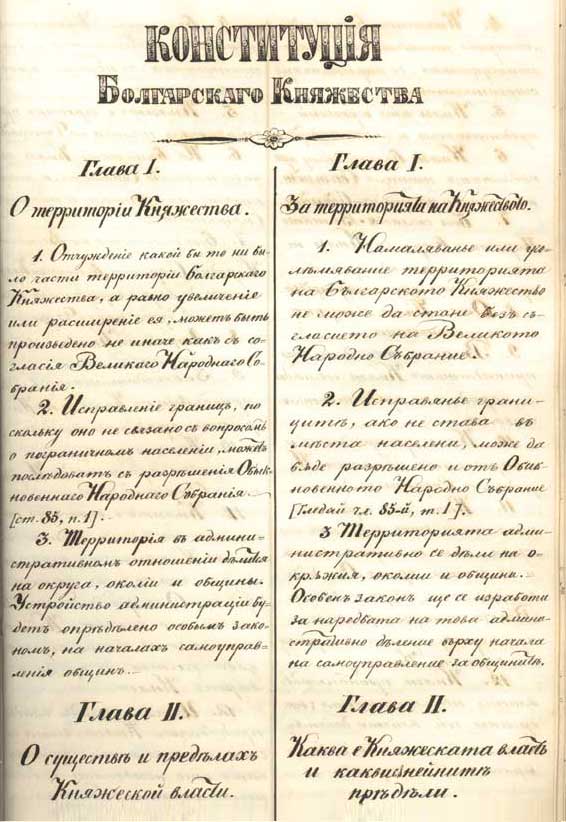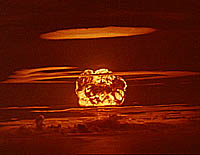|
Bulgarian Army
The Bulgarian Land Forces ( bg, Сухопътни войски на България, Sukhopŭtni voĭski na Bŭlgariya, lit=Ground Forces of Bulgaria) are the ground warfare branch of the Bulgarian Armed Forces. The Land Forces were established in 1878, when they were composed of anti-Ottoman militia (''opalchentsi'') and were the only branch of the Bulgarian military. The Land Forces are administered by the Ministry of Defence, previously known as the Ministry of War during the Kingdom of Bulgaria. The Land Forces were made up of conscripts throughout most of Bulgaria's history. During World War I, it fielded more than one million troops out of Bulgaria's total population of around four million. Two-year conscription was obligatory during Communism (1946–1990), but its term was reduced in the 1990s. Conscription for all branches was terminated in 2008; since then, the Land Forces are a volunteer force. Bulgarian Land Forces troops are deployed on peacekeeping missions in ... [...More Info...] [...Related Items...] OR: [Wikipedia] [Google] [Baidu] |
|
 |
War Flag
A war flag, also known as a military flag, battle flag, or standard, is a variant of a national flag for use by a country's military forces when on land. The nautical equivalent is a naval ensign. Under the strictest sense of the term, few countries today currently have proper war flags, most preferring to use instead their state flag or standard national flag for this purpose. __TOC__ History Field signs were used in early warfare at least since the Bronze Age. The word ''standard'' itself is from an Old Frankish term for a field sign (not necessarily a flag). The use of flags as field signs apparently emerges in Asia, during the Iron Age, possibly in either China or India.flag. (2008). Encyclopædia Britannica. Chicago: Encyclopædia Britannica. in Achaemenid Persia, each army division had its own standard, and "all officers had banners over their tents".E. Pottier, ''Douris'', London, 1909, p. 105 fig. 20, Plate XXV.b Early field signs that include, but are not limite ... [...More Info...] [...Related Items...] OR: [Wikipedia] [Google] [Baidu] |
 |
Combat
Combat (French for ''fight'') is a purposeful violent conflict meant to physically harm or kill the opposition. Combat may be armed (using weapons) or unarmed ( not using weapons). Combat is sometimes resorted to as a method of self-defense, or can be used as a tool to impose one's will on others. An instance of combat can be a stand-alone confrontation or a small part of a much larger violent conflict. Instances of combat may also be benign and recreational, as in the cases of combat sports and mock combat. Combat may comply with, or be in violation of local or international laws regarding conflict. Examples of rules include the Geneva Conventions (covering the treatment of people in war), medieval chivalry, the Marquess of Queensberry rules (covering boxing) and several forms of combat sports. Hand-to-hand combat Hand-to-hand combat ( melee) is combat at very close range, attacking the opponent with the body (striking, kicking, strangling, etc.) and/or with a mele ... [...More Info...] [...Related Items...] OR: [Wikipedia] [Google] [Baidu] |
 |
Bulgarian Unification
The Unification of Bulgaria ( bg, Съединение на България, ''Saedinenie na Balgariya'') was the act of unification of the Principality of Bulgaria and the province of Eastern Rumelia in the autumn of 1885. It was co-ordinated by the Bulgarian Secret Central Revolutionary Committee (BSCRC). Both had been parts of the Ottoman Empire, but the Principality had functioned de facto independently whilst the Rumelian province was autonomous and had an Ottoman presence. The Unification was accomplished after revolts in Eastern Rumelian towns, followed by a coup on supported by the Bulgarian Knyaz Alexander I. The BSCRC, formed by Zahari Stoyanov, began actively popularizing the idea of unification by means of the press and public demonstrations in the spring of 1885. Background The 10th Russo-Turkish War (1877–1878) ended with the signing of the preliminary Treaty of San Stefano, which cut large territories off the Ottoman Empire. Bulgaria was resurrected after ... [...More Info...] [...Related Items...] OR: [Wikipedia] [Google] [Baidu] |
|
Brigade
A brigade is a major tactical military formation that typically comprises three to six battalions plus supporting elements. It is roughly equivalent to an enlarged or reinforced regiment. Two or more brigades may constitute a division. Brigades formed into divisions are usually infantry or armored (sometimes referred to as combined arms brigades). In addition to combat units, they may include combat support units or sub-units, such as artillery and engineers, and logistic units. Historically, such brigades have sometimes been called brigade-groups. On operations, a brigade may comprise both organic elements and attached elements, including some temporarily attached for a specific task. Brigades may also be specialized and comprise battalions of a single branch, for example cavalry, mechanized, armored, artillery, air defence, aviation, engineers, signals or logistic. Some brigades are classified as independent or separate and operate independently from the traditional ... [...More Info...] [...Related Items...] OR: [Wikipedia] [Google] [Baidu] |
|
 |
Tarnovo Constitution
The Tarnovo Constitution ( bg, Търновска конституция) was the first constitution of Bulgaria. It was adopted on 16 April 1879 ( O.S.) by the Constituent National Assembly held in Veliko Tarnovo as part of the establishment of the Principality of Bulgaria. It remained the fundamental law of Bulgaria after the country was elevated to a kingdom in 1908. Based on the Belgian charter of 1831, the constitution was liberal in character, and was considered advanced for its time. It defined the function and competence of the central organs of state authority according to the principle of separation of powers among an executive, a legislative, and a judiciary branch. It provided for ministerial responsibility, immunity of the deputies, and inviolability of private property. The constitution included a clause that formally established the Bulgarian Orthodox Church as the official religion of the nation, although people of other religions were considered equal to th ... [...More Info...] [...Related Items...] OR: [Wikipedia] [Google] [Baidu] |
|
Bulgarian Navy
The Bulgarian Navy ( bg, Военноморски сили на Република България, Voennomorski sili na Republika Balgariya, lit=Naval Forces of the Republic of Bulgaria) is the navy of the Republic of Bulgaria and forms part of the Bulgarian Armed Forces. It has been largely overlooked in the reforms that Bulgaria had to go through in order to comply with NATO standards, mostly because of the great expense involved and the fact that naval assaults are not considered to be a great concern for the country's security. That is why three of the four s (excluding ''Slava'') are now docked and have been out of operation for some time. The last one was decommissioned in November 2011. Only the more modern frigates, corvettes and missile crafts are on active duty. The Bulgarian Navy is centred in two main bases. One is near the city of Varna. The other is by the village of Atia, near the city of Burgas. Operational history First Balkan War The Bulgarian Navy's fi ... [...More Info...] [...Related Items...] OR: [Wikipedia] [Google] [Baidu] |
|
|
Bulgarian Air Force
The Bulgarian Air Force ( bg, Военновъздушни сили, Voennovazdushni sili) is one of the three branches of the Military of Bulgaria, the other two being the Bulgarian Navy and Bulgarian land forces. Its mission is to guard and protect the sovereignty of Bulgarian airspace, and jointly with the other branches, to protect territorial integrity. The Bulgarian Air Force is one of the oldest air forces in Europe and the world. In recent times it has been actively taking part in numerous NATO missions and exercises in Europe. The current commanding officer of the Bulgarian Air Force is Major General Dimitar Hristov Petrov. History Early years The Bulgarian Air Force dates back to the end of the 19th century. At the 1892 Plovdiv International Fair, two lieutenants of the Bulgarian Army flew in the 'La France' balloon owned by the Frenchman Eugène Godard.Nedialkov, D. "Air Power of the Kingdom of Bulgaria. Part I" Later, inspired by the flight, they succeeded i ... [...More Info...] [...Related Items...] OR: [Wikipedia] [Google] [Baidu] |
|
 |
Sovereignty
Sovereignty is the defining authority within individual consciousness, social construct, or territory. Sovereignty entails hierarchy within the state, as well as external autonomy for states. In any state, sovereignty is assigned to the person, body, or institution that has the ultimate authority over other people in order to establish a law or change an existing law. In political theory, sovereignty is a substantive term designating supreme legitimate authority over some polity. In international law, sovereignty is the exercise of power by a state. '' De jure'' sovereignty refers to the legal right to do so; '' de facto'' sovereignty refers to the factual ability to do so. This can become an issue of special concern upon the failure of the usual expectation that ''de jure'' and ''de facto'' sovereignty exist at the place and time of concern, and reside within the same organization. Etymology The term arises from the unattested Vulgar Latin's ''*superanus'', (itself derived ... [...More Info...] [...Related Items...] OR: [Wikipedia] [Google] [Baidu] |
|
Territorial Integrity
Territorial integrity is the principle under international law that gives the right to sovereign states to defend their borders and all territory in them of another state. It is enshrined in Article 2(4) of the UN Charter and has been recognized as customary international law. Conversely it states that imposition by force of a border change is an act of aggression. In recent years there has been tension between this principle and the concept of humanitarian intervention under Article 73.b of the United Nations Charter "to develop self-government, to take due account of the political aspirations of the peoples, and to assist them in the progressive development of their free political institutions, according to the particular circumstances of each territory and its peoples and their varying stages of advancement." History of territorial integrity As far back as the earliest written records known, there have been political units claiming a definite territory. Intrusion into these te ... [...More Info...] [...Related Items...] OR: [Wikipedia] [Google] [Baidu] |
|
 |
Weapons Of Mass Destruction
A weapon of mass destruction (WMD) is a chemical, biological, radiological, nuclear, or any other weapon that can kill and bring significant harm to numerous individuals or cause great damage to artificial structures (e.g., buildings), natural structures (e.g., mountains), or the biosphere. The scope and usage of the term has evolved and been disputed, often signifying more politically than technically. Originally coined in reference to aerial bombing with chemical explosives during World War II, it has later come to refer to large-scale weaponry of warfare-related technologies, such as chemical, biological, radiological, or nuclear warfare. Early uses of this term The first use of the term "weapon of mass destruction" on record is by Cosmo Gordon Lang, Archbishop of Canterbury, in 1937 in reference to the aerial bombing of Guernica, Spain: At the time, nuclear weapons had not been developed. Japan conducted research on biological weapons (see Unit 731), and chemica ... [...More Info...] [...Related Items...] OR: [Wikipedia] [Google] [Baidu] |
 |
Nuclear Power
Nuclear power is the use of nuclear reactions to produce electricity. Nuclear power can be obtained from nuclear fission, nuclear decay and nuclear fusion reactions. Presently, the vast majority of electricity from nuclear power is produced by nuclear ''fission'' of uranium and plutonium in nuclear power plants. Nuclear ''decay'' processes are used in niche applications such as radioisotope thermoelectric generators in some space probes such as ''Voyager 2''. Generating electricity from ''fusion'' power remains the focus of international research. Most nuclear power plants use thermal reactors with enriched uranium in a once-through fuel cycle. Fuel is removed when the percentage of neutron absorbing atoms becomes so large that a chain reaction can no longer be sustained, typically three years. It is then cooled for several years in on-site spent fuel pools before being transferred to long term storage. The spent fuel, though low in volume, is high-level radioactiv ... [...More Info...] [...Related Items...] OR: [Wikipedia] [Google] [Baidu] |
 |
Terrorism
Terrorism, in its broadest sense, is the use of criminal violence to provoke a state of terror or fear, mostly with the intention to achieve political or religious aims. The term is used in this regard primarily to refer to intentional violence during peacetime or in the context of war against non-combatants (mostly civilians and neutral military personnel). The terms "terrorist" and "terrorism" originated during the French Revolution of the late 18th century but became widely used internationally and gained worldwide attention in the 1970s during the Troubles in Northern Ireland, the Basque conflict, and the Israeli–Palestinian conflict. The increased use of suicide attacks from the 1980s onwards was typified by the 2001 September 11 attacks in the United States. There are various different definitions of terrorism, with no universal agreement about it. Terrorism is a charged term. It is often used with the connotation of something that is "morally wrong". Governm ... [...More Info...] [...Related Items...] OR: [Wikipedia] [Google] [Baidu] |